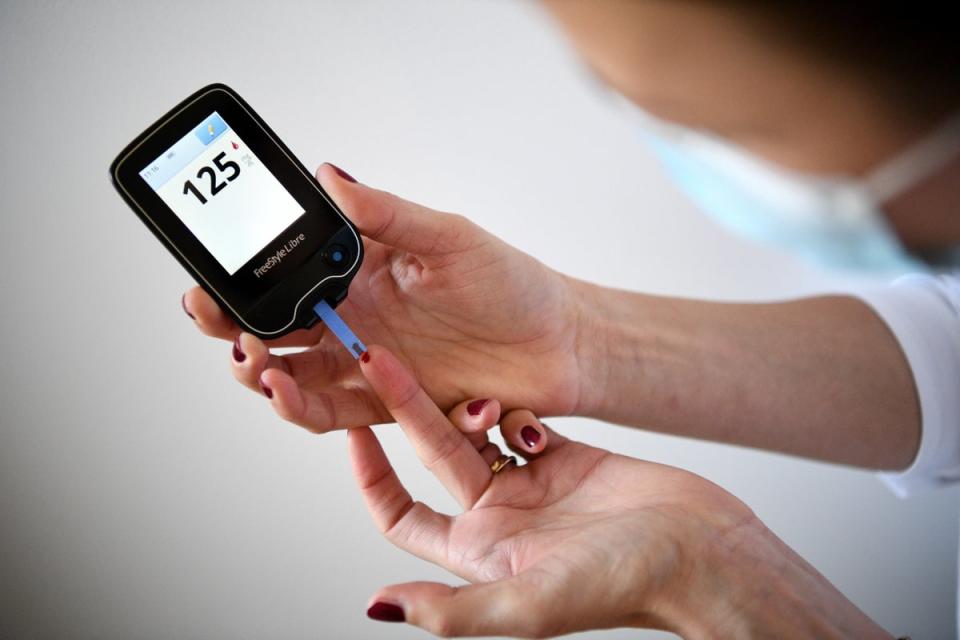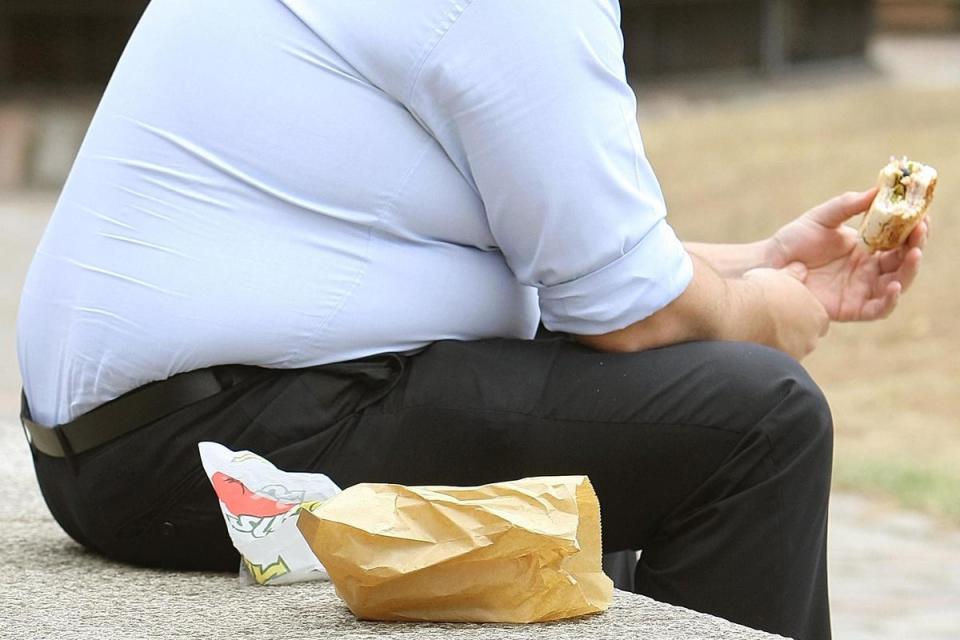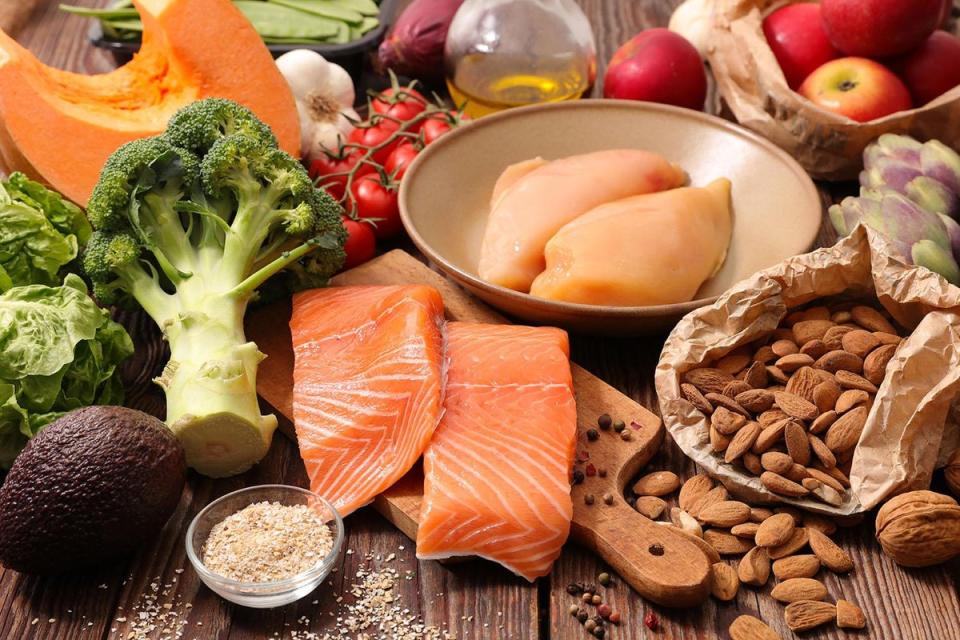What is type 2 diabetes? Significant rise among under-40s in UK

Diabetes UK has released a report showing a 39 per cent increase in the number of people under 40 being diagnosed with type 2 diabetes.
Soaring obesity levels and cheap junk food are being cited as reasons for the increase, due to food high in fat, salt and sugar being available.
The report’s authors said cases of type 2 diabetes among all under-40s have risen by more than 47,000 since 2016/17.
“We estimate nearly 168,000 people under the age of 40 are diagnosed with type 2 diabetes in the UK, with nearly 150,000 people under 40 diagnosed in England alone,” it says.
Dr Shivani Agarwal, of the Montefiore Health System and the Albert Einstein College of Medicine in New York, has described the rise as “alarming” and urged ministers to address the crisis.
“Drastic changes to the environments we live in and the food we eat over the last 25 years are taking a toll on our health,” she said. “We are bombarded by adverts for cheaper, unhealthy food. The foods on our shelves are increasingly high in fat, salt and sugar. And rising costs are pushing a healthy diet out of reach for millions.
“These conditions, combined with genetic factors and stark inequalities, are driving rising levels of obesity, which increases the risk of developing type 2 diabetes.”
The report also blamed “gross inequalities”, and found that people from the most deprived areas and those from Black and south Asian backgrounds are more likely to develop the condition.
What is type 2 diabetes?
Type 2 diabetes is a condition that causes the level of sugar in the blood to become too high, caused by problems with the body’s level of insulin.
It can lead to potentially serious problems such as:
heart disease or stroke
nerve damage
foot sores and infections
partial sight or blindness
miscarriage and stillbirth
kidney problems
What’s the difference between type 1 and type 2 diabetes?
People with Type 1 diabetes don't produce insulin, whereas people with Type 2 don't respond to insulin as well as they should and later don't make enough insulin.
Type 2 diabetes accounts for 90 per cent of cases, which is linked to obesity and overall poor health.
Type 1 diabetes makes up 10 per cent of cases, and is neither preventable nor reversible.
What are the symptoms of type 2 diabetes?

Many people develop the condition without realising. However, some of the symptoms to look out for include:
peeing more than usual, particularly at night
feeling thirsty all the time
feeling very tired
losing weight without trying to
itching around the genitals or repeatedly contracting thrush
cuts or wounds taking longer to heal
blurred vision
Why is it linked to heart attack and stroke?
Studies suggest that type 2 diabetes greatly increases the risk of heart attack or stroke.
This is because people with the condition may develop a number of conditions, such as high blood pressure and cholesterol, which contribute to their risk of developing cardiovascular disease.
The British Heart Foundation has said that the diabetes epidemic could lead to a 29 per cent increase in heart attacks and strokes linked to diabetes.
How is type 2 diabetes treated?
Once you're diagnosed with Type 2 diabetes, you will usually be offered metformin tablets first, which work by reducing the amount of sugar your liver releases into your blood.
If your blood sugar levels don't lower within three months, you may need another medicine.

Over time, you may find you need a combination of medicines to treat the condition.
There is a range of diabetes medication available, so speak to your GP who can advise you on what treatment is right for you.
A healthy diet and keeping active will also help manage your blood-sugar levels.

 Yahoo News
Yahoo News 
